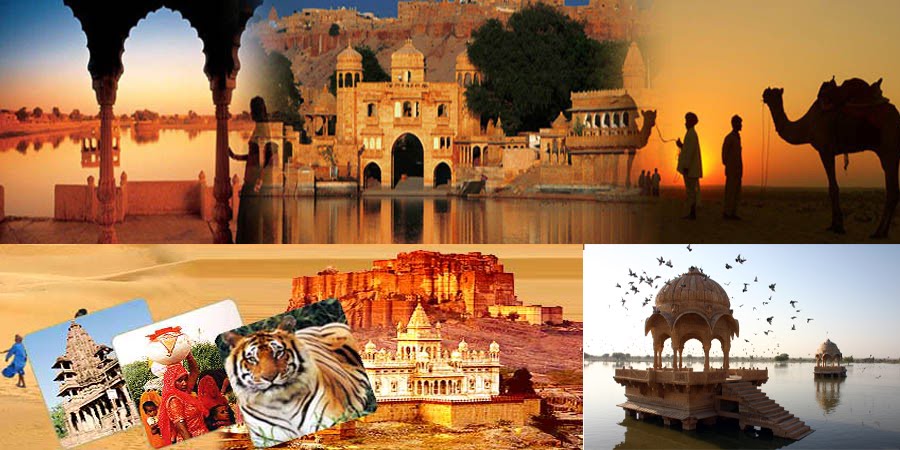Ranthambore Museum
The Ranthambore Museum, also known as the Rajiv Gandhi Regional Museum of Natural History, is a significant attraction in Sawai Madhopur, near the famous Ranthambore National Park in Rajasthan. This museum is dedicated to showcasing the rich biodiversity and natural heritage of the region. Here's a detailed overview:
Overview
- Location: The museum is situated in Ramsinghpura, Sawai Madhopur, which is close to Ranthambore National Park, one of India's most renowned wildlife reserves.
- Inauguration: The museum was inaugurated in 2014 and is named after Rajiv Gandhi, the former Prime Minister of India, highlighting his contributions to environmental conservation.
Exhibits and Galleries
The Ranthambore Museum is divided into several sections and galleries, each focusing on different aspects of natural history and wildlife conservation.
Biodiversity of Rajasthan:
- Flora and Fauna: This section showcases the diverse plant and animal life found in Rajasthan. It includes detailed displays of various species native to the region, such as the Bengal tiger, leopards, and numerous bird species.
- Ecosystems: The exhibits explain the different ecosystems present in Rajasthan, including forests, deserts, and wetlands, and their importance to the state's biodiversity.
Forests and Wildlife:
- Ranthambore National Park: This gallery provides insights into the history, flora, and fauna of Ranthambore National Park. It features life-size models and dioramas depicting the park's wildlife, including the iconic tigers.
- Conservation Efforts: Information on conservation programs and efforts to protect endangered species in the region is also displayed, emphasizing the importance of wildlife preservation.
Geological and Paleontological Heritage:
- Geological Formations: Exhibits in this section highlight the geological history of Rajasthan, including rock formations, minerals, and fossils found in the region.
- Fossils: Displays of fossils provide a glimpse into the ancient life that once existed in Rajasthan, helping visitors understand the region's prehistoric past.
Cultural Heritage:
- Tribal Life: This section showcases the cultural heritage of the indigenous tribes of Rajasthan, highlighting their traditional lifestyles, crafts, and customs.
- Man-Nature Relationship: Exhibits focus on the symbiotic relationship between humans and nature, illustrating how local communities coexist with their natural environment.
Interactive and Educational Programs
- Interactive Displays: The museum features interactive displays and multimedia presentations to engage visitors of all ages. These include touch screens, audio-visual presentations, and educational games.
- Workshops and Lectures: Regular workshops, lectures, and educational programs are conducted to raise awareness about environmental conservation and the importance of biodiversity.
Visitor Experience
- Guided Tours: The museum offers guided tours to help visitors gain a deeper understanding of the exhibits and the natural history of Rajasthan.
- Souvenir Shop: A souvenir shop within the museum premises sells memorabilia, books, and crafts related to wildlife and nature.
Importance and Impact
- Educational Resource: The Ranthambore Museum serves as an important educational resource for students, researchers, and wildlife enthusiasts, providing valuable information about the region's natural heritage.
- Tourism Boost: The museum adds to the tourism appeal of Sawai Madhopur and Ranthambore National Park, attracting visitors who are interested in learning more about the area's biodiversity and conservation efforts.





0 comments:
Post a Comment